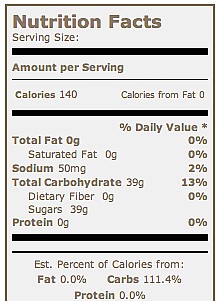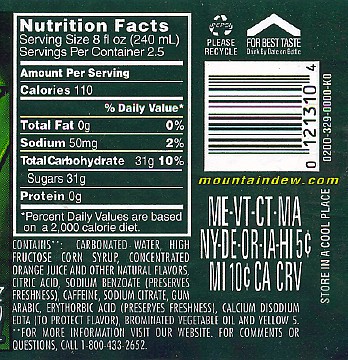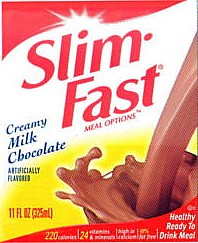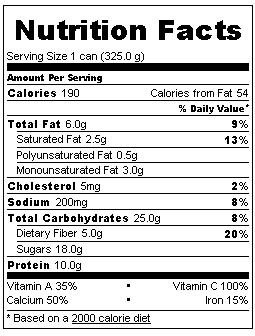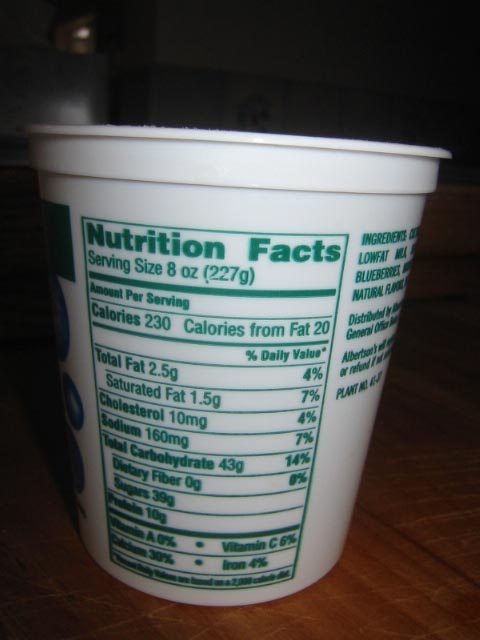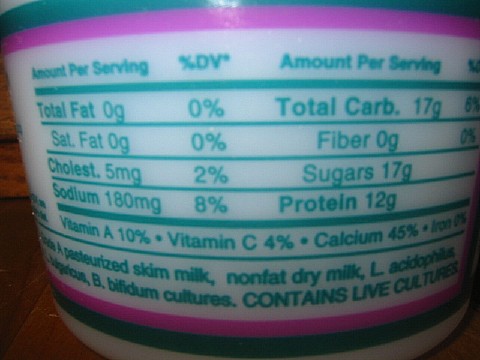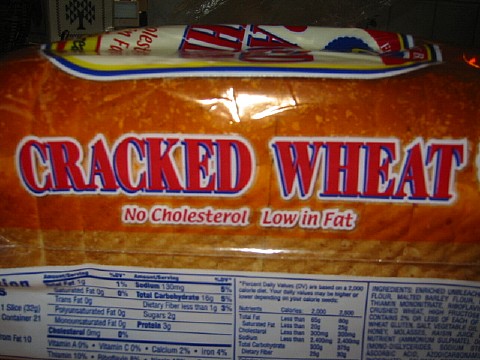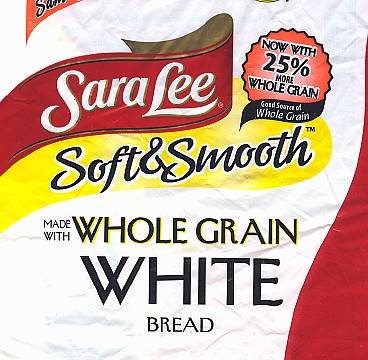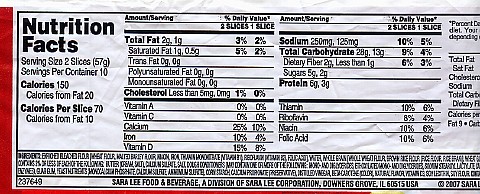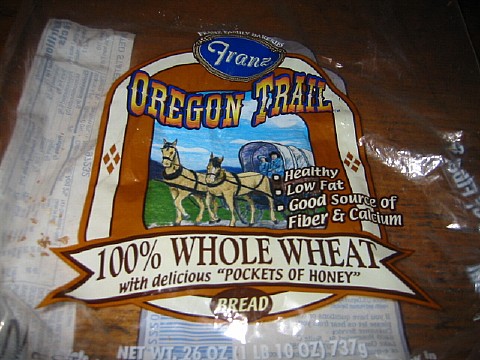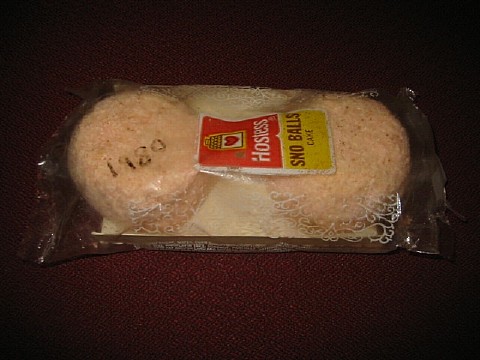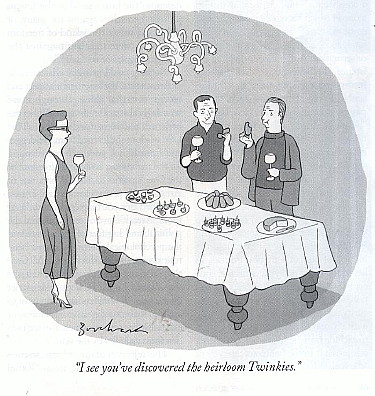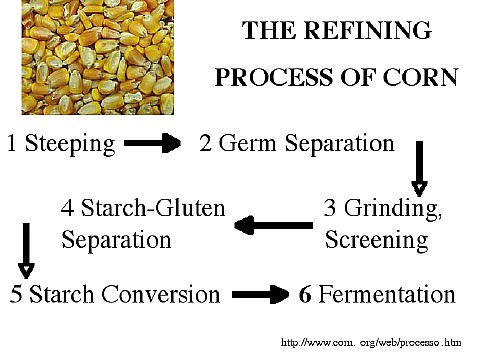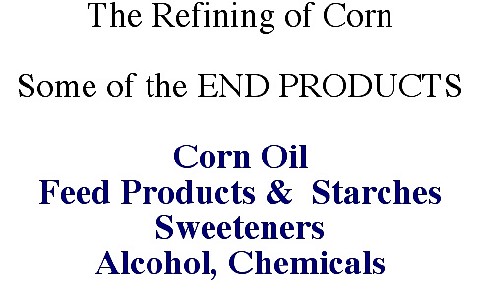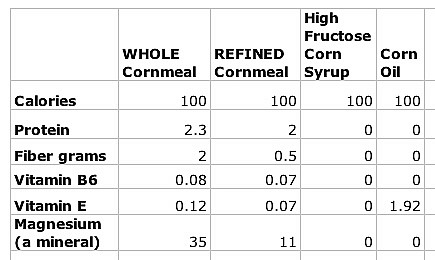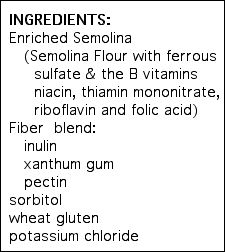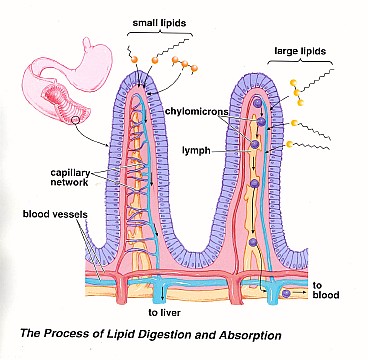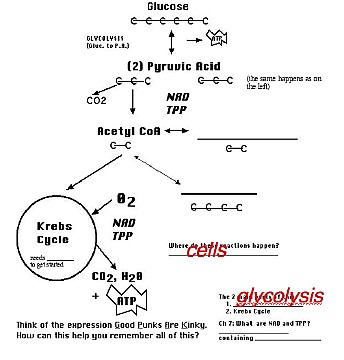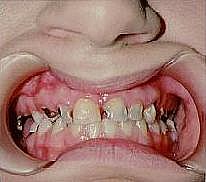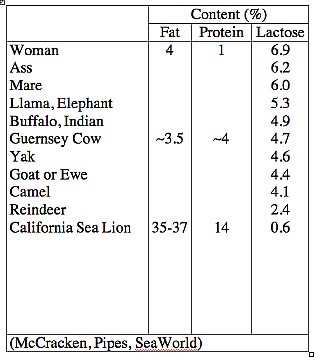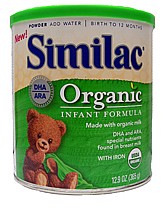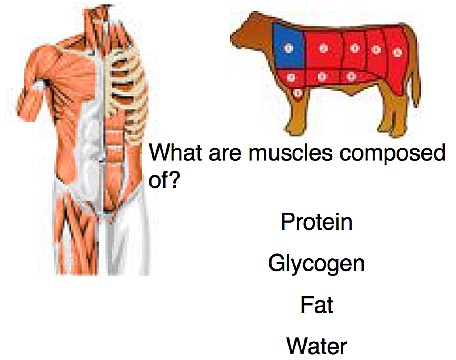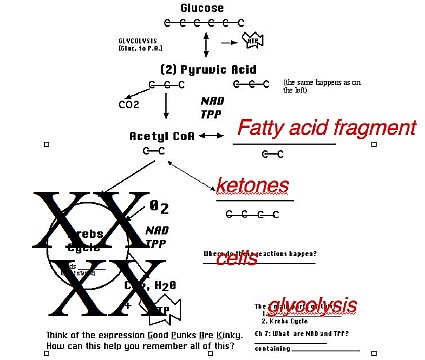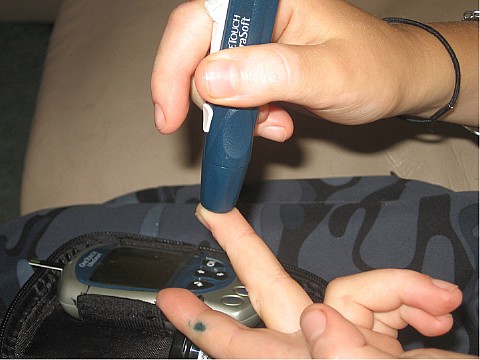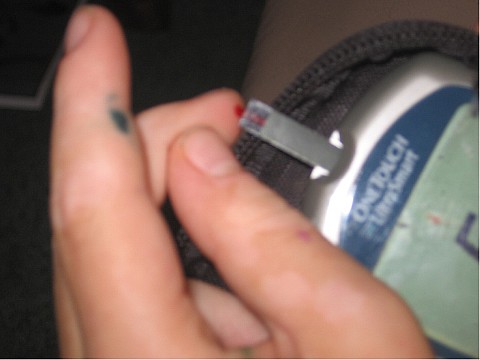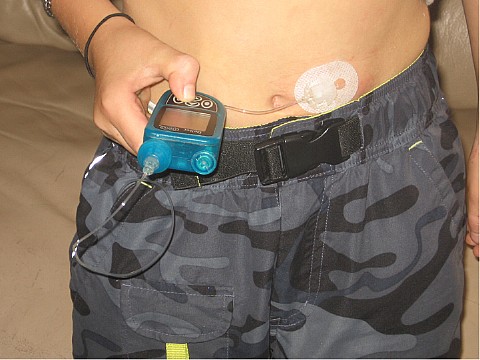Can you see that what is left on the teeth
as a result of this anaerobic breakdown is
pyruvic acid? This pyruvic acid destroys the
enamel of teeth with the result being cavities.
A few of the ways to decrease your risk of cavities are:
- Limit refined foods with starch and sugar.
- Brush often
- Floss regularly.
- Have teeth routinely cleaned by a dental
hygienist.
The
second location in the body where bacterial
digestion of carbohydrates can be a problem is in the colon.
Humans, like most other mammals from buffalos to yaks, produce lactose
for the milk to nurse their young. It gives their milk an
appealing sweet, but not overly sweet, taste. (It has about
half the concentration of sugar as the average soft drink.)

This photo
of a nursing elephant, as well as the
following photo, was taken by Courtney Fitzpatrick, who grew
up in
Eugene. She is a doctoral student at Duke University in North
Carolina and her research takes her Kenya.

This is at the David Sheldrick Wildlife trust in
Nairobi, an organization that cares
for orphaned elephants and then eventually reintroduces them
to a
specific state park in Kenya. Apparently they have
pretty high success
rates, although it takes a huge amount of human hours to care
for them!
The more I learn about mammals, the more
I'm amazed by their diversity. There are even flying mammals
(bats). This is a brown bat, one that is common to Oregon.
Bats often weigh
less than half an ounce. Compare them
to a huge elephant! Bat milk is from about 3-5 %
carbohydrate, with most of it being lactose. Some bats feed
on
pollen and nectar while others feed on insects like mosquitoes.
The enzyme lactase, made by a baby, breaks down lactose into two
simpler forms of sugar (glucose and galactose), which are then absorbed
into the bloodstream and provide glucose to fuel a baby's rapid
growth. While fat in the milk can provide energy for the
baby's muscles, as we've discussed, glucose is the only significant
fuel the human brain and nervous system usually uses.
Once a baby stops nursing, most slowly lose the ability to make
lactase. While this condition is called lactose intolerance,
it's the normal condition for most of the world. About 75% of
the world's adults are lactase-deficient, including most Asians,
Southeast Asians, Africans, Middle Easterners and Native
Americans.
Northern Europeans, among whom lactose intolerance is uncommon, have at
least a 10,000-year history of dairying and milk consumption which is
different from most of the rest of the world. A hypothesis is
that at some unknown point in time, a mutation or adaptation occurred
that enabled Northern Europeans to produce the enzyme lactase and
digest milk as adults. Through natural selection, the frequency of the
genetic trait for lactose tolerance increased in dairying societies
because individuals with this genetic trait had the advantage of being
better nourished. Not only did the milk provide
protein, also their calcium absorption was increased by the lactose and
the small amount of vitamin D in the milk. In societies
living closer to the equator such as in Africa, the sun's ultraviolet
light helped them manufacture vitamin D. In Northern Europe,
cloud cover limits sunlight for much of the year.
Human intestines are full of bacteria that are not
lactase-deficient. The bacteria break down lactose because
they want the fuel it can provide. This intestinal
fermentation produces hydrogen and other gases
and molecules that attract water. This can produce symptoms
like nausea, gas, bloating, cramps and diarrhea.
For a person with lactose intolerance, symptoms begin about 30 minutes
to 2 hours after eating or drinking foods containing lactose.
One term, a student told me that “lactose intolerance is one
of those sliding scale things“ and she was exactly
right. The severity of symptoms depends on many factors,
including the amount of lactase a person makes and the kinds of
bacteria they host. For these reason, not all people
deficient in lactase have the symptoms commonly associated with lactose
intolerance
We definitely do not need to drink milk as adults but what we DO need
is
calcium and some people find it difficult to get enough
calcium without drinking milk. Later in the term, we'll talk
more about getting calcium.
Getting enough calcium if lactose intolerant:
- Drink 1/2 cup milk WITH meals OR drink
milk w/ lactase
added.
- Yogurt without added milk solids because
those add lactose. When making yogurt, sometimes milk
solids
are
added to make it firmer.
- Aged, hard cheese, like Parmesan because
bacteria ate most of the lactose during aging
- See the chart on page 101
of your packet for other sources of calcium.
As
more parents are choosing to buy organically-grown
foods, concern is developing about
how they are sweetened to bring them to the level of human milk.
Organic lactose must be extracted from
the milk of cows fed organic foods, and the
global supplies of organic milk have been "severely stretched in the
last
three years, driving up the price of the lactose."
While "organic formulas, like
Earth’s Best and Parent’s Choice, use organic
lactose as
the added sugar. Organic lactose must be extracted from organic milk,
the global supplies of which have been severely stretched in the last
three years, driving up the price of the lactose." So at
least
one
brand
of organic formula is sweetened with cane sugar, or sucrose, which
is much sweeter than sugars used in other formulas.
For
an
All-Organic
Formula, Baby, That’s Sweet.
By JULIA MOSKIN, New York
Times, May 19, 2008.
... "once
babies get used to its sweeter taste, they might resist less
sweet formulas or solid foods; and some studies suggest that they might
overeat, leading to rapid weight gain in the first year, which is often
a statistical predictor of childhood obesity."
(Note from instructor: Since sucrose is half fructose while lactose is
half galactose, it seems like the sucrose would taste sweeter.)
|


